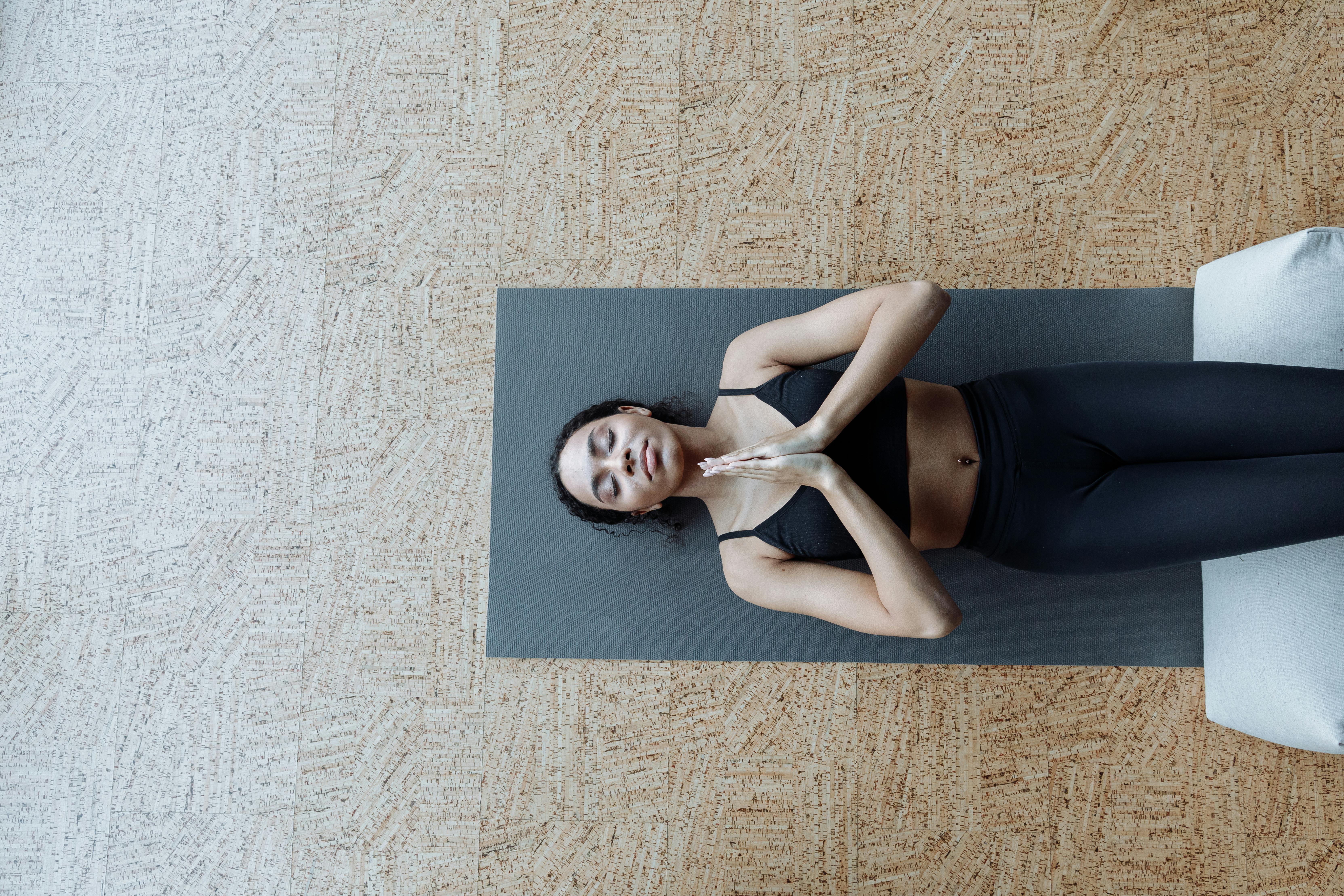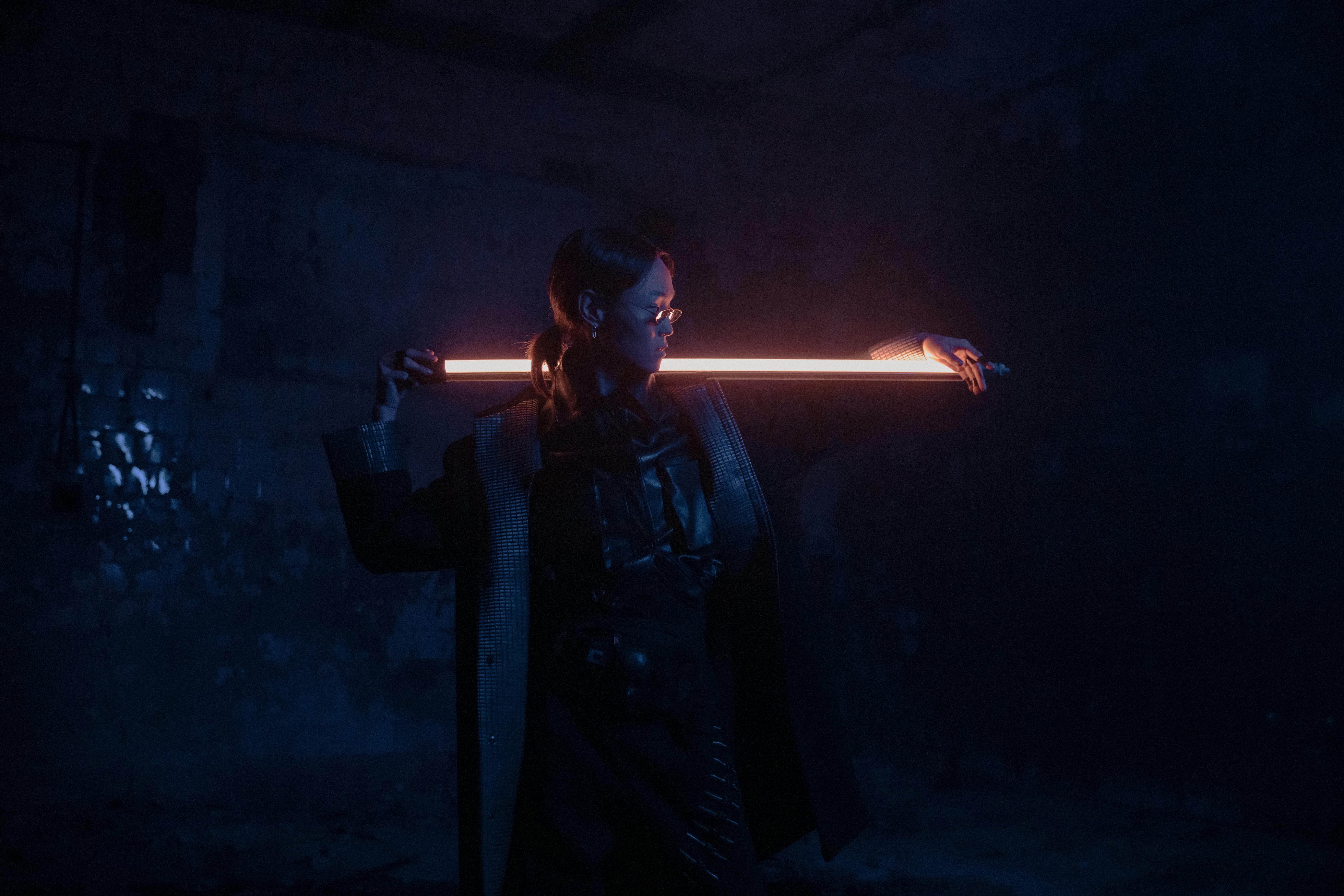Leonardo has always struck me as a Zen Buddhist. Consider the following quote: “In rivers, the water you touch is the last to pass and the first to come; so is the present time.” Is that zen or what?
Or how about this: “Nothing strengthens authority like silence.” However, “Where the spirit does not work with the hand, there is no art.”
How can these words of Leonardo be explained without attributing a Buddhist influence to his thought? He maybe he was a Buddhist in his previous life. (I guess in the realm of Buddhist possibilities.)
The most obvious feature of Leonardo that seems to have Eastern or Buddhist influence was the fact that, although he drank and dined with kings, he was totally a vegetarian. Can you imagine living in Italy for 67 years and not eating a meatball? That was unheard of in the society in which he lived. This was related to his reverence for all life. I don’t know how the decision to become a vegetarian came about, but he started, he said, at a very young age. He considered the killing of animals for their meat to be no different from the killing of a human being. That too, a reverence for all life, is very Buddhist.
He also developed a detachment from all material things. He saw, as Buddha saw, that attachment was a source of suffering.
A biographer of Leonardo, Serge Bramly, compared the ambiguity of his writings to Zen koans and that the Mona Lisa was his supreme statement of the principle of yin and yang. Bramly also noted that Leonardo was the first Western painter to feature a landscape as the central focus of a work of art, something that was regularly done in the East.
Also, according to Buddhist philosophy, he loved the concept of Nothingness. Here are some of his statements in this regard: “Among the great things that are among us, the existence of Nothingness is the greatest… its essence dwells as regards time between the past and the future, and it possesses nothing of the present. This nothingness has the part equal to the whole and the whole to the part, the divisible to the indivisible, and it gives the same quantity whether we divide it or multiply it or add or subtract it…”
Like the Buddha, Leonardo emphasized the importance of direct experience rather than relying on priests or theology. In fact, the principle of direct experience (Dimostrazione) was listed as the second of the Seven Da Vinci Principles, as listed by da Vinci scholar Michael J. Gelb in his book How to think like Leonardo da Vinci. Leonardo said: “Although nature begins with reason and ends with experience, it is necessary that we do the opposite, that is, begin with experience and from there proceed to investigate reason.”
Other principles listed by Gelb that have Buddhist connotations include the recognition and appreciation of the interconnectedness of all things (which has extended to modern physics, as demonstrated by David Bohm and the Holographic Universe).
For example, Leonardo wrote: “The whole world placed in the luminous air unfolds in circles and fills the surrounding space with infinite likenesses of itself and appears everything in everything and everything in every part.” That sounds like something you’d expect to read in The Tao of Physics. He also said: “This is the true miracle, that all shapes, all colors, all images from every part of the universe are concentrated in a single point.” That’s the unity that David Bohm was aiming for with his view of the Holographic Universe, who was also very Buddhist in his concept of unity and illusion.
Other characteristics of Leonardo include the cultivation of balance (a very Zen principle that allows one to live life in the present moment); a willingness to embrace ambiguity, paradox, and uncertainty (Zen koans); and the continual refinement of the senses (I remember the story of Buddha holding a flower for his disciples to look at and after an extended period of time one disciple simply smiled, indicating enlightenment to him). Leonardo once said about perception: “There are three kinds of people: those who see. Those who see when they are shown. Those who do not see.” He also said: “All our knowledge has its origin in our perceptions.”
Leonardo also practiced stilling the mind. Sometimes his bosses complained that he didn’t work day and night to complete a task. But Leonardo knew that his creative genius worked best when his mind was relaxed and not thinking about work.
What does this mean for you and me as we strive to further our holistic personal development? His life was an example for us to see that our creative possibilities are endless if we can free our minds from conditioned thinking. He saw beyond the fragmentation of the world and embraced its unity, which he saw in all of nature. To paraphrase David Bohm, his focus on reality was total and reality’s response to him was total, in all its infinite ways.



